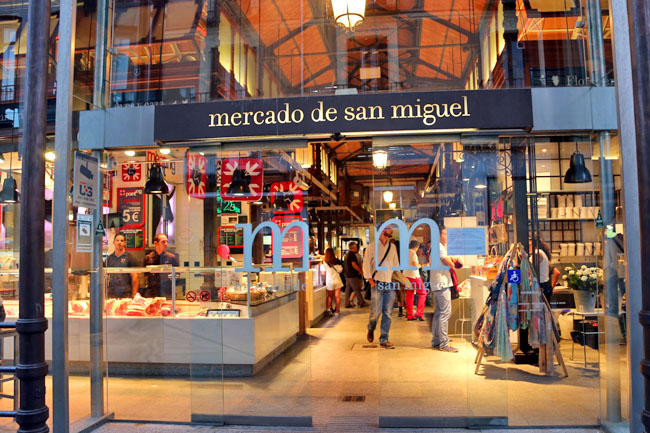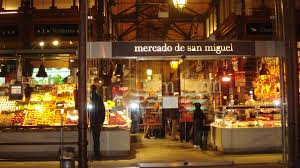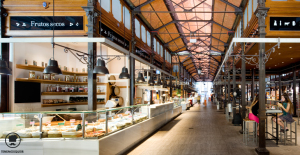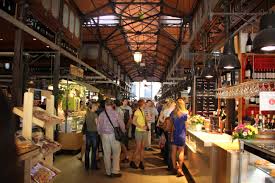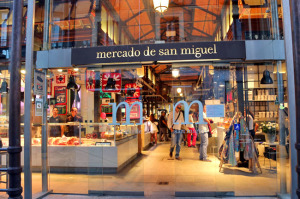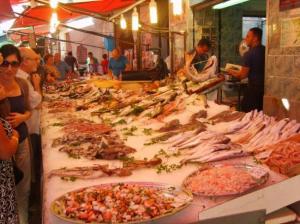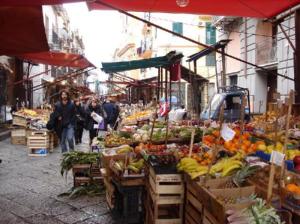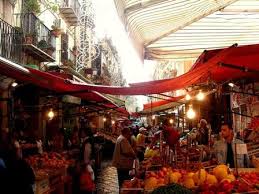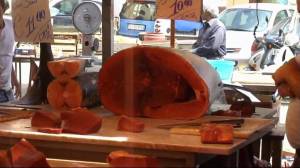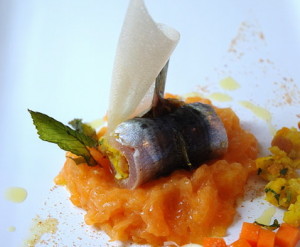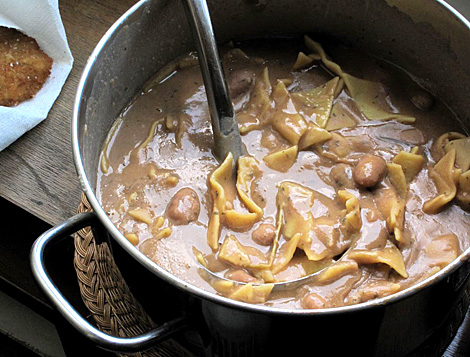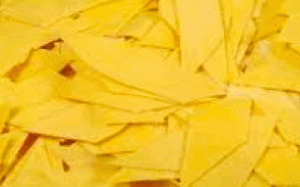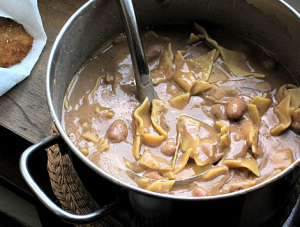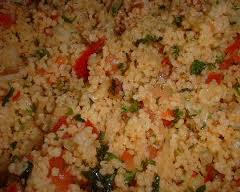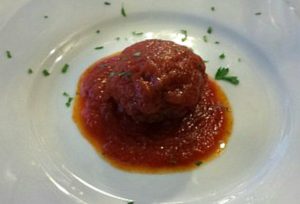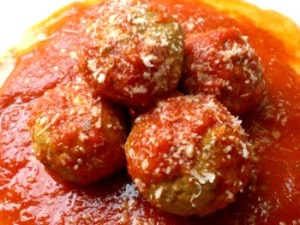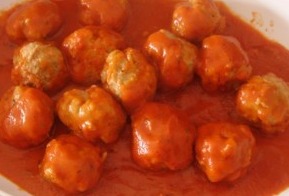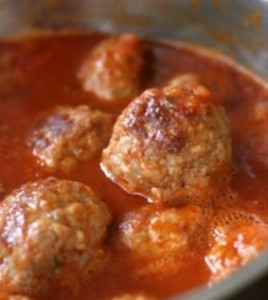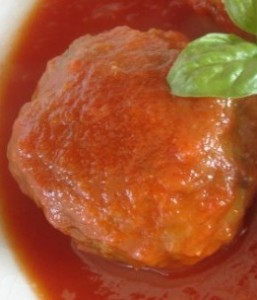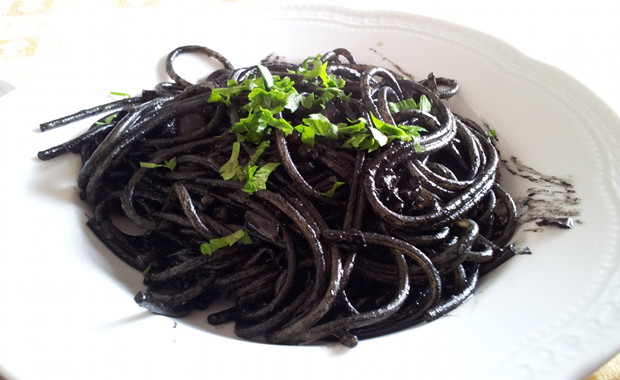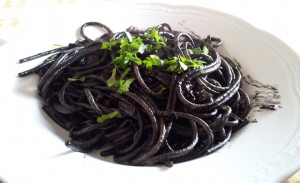 Che Martina Caruso sia una persona speciale lo intuisco da un breve scambio epistolare. Una mia richiesta, cui fa seguito la risposta della giovane chef : “Mi scuso, ho visto solo ora”. Ma non erano passate che poche ore. Ore in cui un cuoco lavora. Uno chef di più. Uno chef che ha appena ricevuto una Stella Michelin ancora più degli altri, facendo i conti anche con una immediata e più diffusa popolarità, con le foto e le interviste e con le telefonate di parenti ed amici. Che il futuro sia in mano a giovani così talentuosi e garbati mi rallegra e mi lascia ben sperare. Questa giovane, garbata e talentuosa chef si esprime nelle cucine del Signum, hotel di lusso nell’isola di Salina; in quel paradiso che è l’arcipelago delle Eolie.
Che Martina Caruso sia una persona speciale lo intuisco da un breve scambio epistolare. Una mia richiesta, cui fa seguito la risposta della giovane chef : “Mi scuso, ho visto solo ora”. Ma non erano passate che poche ore. Ore in cui un cuoco lavora. Uno chef di più. Uno chef che ha appena ricevuto una Stella Michelin ancora più degli altri, facendo i conti anche con una immediata e più diffusa popolarità, con le foto e le interviste e con le telefonate di parenti ed amici. Che il futuro sia in mano a giovani così talentuosi e garbati mi rallegra e mi lascia ben sperare. Questa giovane, garbata e talentuosa chef si esprime nelle cucine del Signum, hotel di lusso nell’isola di Salina; in quel paradiso che è l’arcipelago delle Eolie.
Martina, giovanissima e ha già tagliato un traguardo importantissimo ricevendo la sua prima stella Michelin. Da dove nasce tanta passione per il cibo?
Passione che è nata per caso, essendo Capricorno, quindi molto testarda, mi ero impuntata a 14 anni che volevo fare cucina. Dissi a mia madre “o mi mandate all’alberghiero o non vado più a scuola”.
Più passano i giorni, i mesi e gli anni e più sono convinta di aver fatto la scelta giusta.
Il problema della scuola alberghiera nasceva dal fatto che alle Isole Eolie non c’ era nessun istituto del genere. Mi trasferii a Cefalù a 16 anni andando a vivere in casa con amiche.
E’ giusto dire che sono nata e cresciuta dentro l’Hotel di famiglia. Cucina e accoglienza mi appartengono fin da piccola.
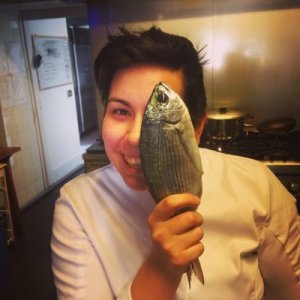 Ci racconta le tappe salienti della sua fulminea carriera?
Ci racconta le tappe salienti della sua fulminea carriera?
Primo maestro mio padre che mi ha insegnato il lavoro della terra e la trasformazione degli alimenti.
Ho fatto diversi stage in Italia e all’estero, tutti molto significativi. Durante questi percorsi ho conosciuto
persone che mi hanno dato molto, del calibro di Gennaro Esposito e Vittoria Aiello, Luciano Monosilio e Alessandro Pipero, Antonello Colonna e Marco Martini, Massimo Riccioli, Jamye Oliver e Gennaro Contaldo e tanti altri. Insieme a loro, tutti i componenti delle brigate sia di cucina che di sala mi hanno insegnato qualcosa, professionalmente e a livello umano.
Ho comunque sviluppato e consolidato il mio carattere e il mio modo di cucinare a casa Signum.
Con la mia famiglia e il nostro staff abbiamo delineato con idee chiare quello che volevamo fare.
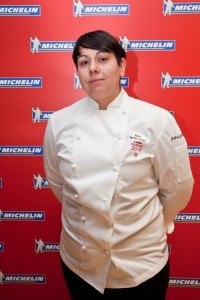 Giovane e donna in un ambiente ad altissima concentrazione maschile: occorre più pazienza o più passione nel gestire i colleghi di sesso opposto?
Giovane e donna in un ambiente ad altissima concentrazione maschile: occorre più pazienza o più passione nel gestire i colleghi di sesso opposto?
La passione è alla base di questo mestiere. Pazienza tanta, perché a differenza di noi donne non riescono a fare più cose contemporaneamente (Scherzo)…
La mia squadra è mista sia di età che di sesso. Andiamo tutti molto d’accordo.
Poche donne ottengono riconoscimenti così prestigiosi: quest’anno lei e Antonia Klugman. Ma insomma, le cucine professionali non sono “roba da donne”, come si dice? Perché non ci si fida più di tanto delle donne nell’alta ristorazione?
La cucina in fondo è sempre stata femminile. Penso che molti grandi Chef hanno imparato dalle mamme o dalle nonne. Credo nelle squadre miste e sono sicura che ognuno secondo la propria sensibilità al di la del sesso potrà apportare valore aggiunto al team. Ho in mente donne chef bravissime alle quali porgo tutta la mia stima.
La sua “idea” di alta cucina è…?
Territorio, Ricerca, Digeribilità. Gusto “Sapori diretti e unici che non si scordano”.
Questo è quello che io ho provato in quelli che definisco grandi ristoranti.
Ma un grande ristorante non è solo cucina. E’ sala, ambiente, servizio, cantina, empatia con l’ospite a tavola. Serve questo secondo me per regalare forti emozioni.
 La Stella Michelin lei se l’aspettava?
La Stella Michelin lei se l’aspettava?
No, ma onestamente ci speravo. Ho visto negli ultimi anni un’attenzione dell’ambiente gastronomico
nei nostri confronti che non nascondo sia stato importante per la mia crescita, stimolandomi a spostare l’asticella sempre più avanti. Naturalmente gli ospiti del Signum sono stati fondamentali in questo percorso approvando e sostenendo il lavoro che stiamo facendo.
E’ stata definita l’ “enfant prodige” della ristorazione italiana e su di lei si sono accesi i riflettori: come è cambiata, se è cambiata, la sua vita dal giorno in cui è entrata nel gotha degli chef stellati?
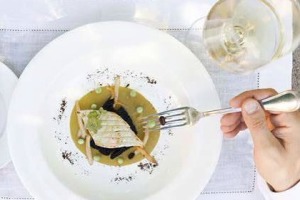 La vita non è cambiata , certo il telefono ha incominciato a squillare di più, interviste, articoli, fotografie. Però io non voglio vivere sotto pressione questo traguardo.
La vita non è cambiata , certo il telefono ha incominciato a squillare di più, interviste, articoli, fotografie. Però io non voglio vivere sotto pressione questo traguardo.
Voglio rimanere sempre con i piedi per terra e affrontare il lavoro con serenità.
Questo è per me un punto di partenza non un punto d’arrivo. Non bisogna montarsi la testa ma lavorare duro.
Il piatto a cui è più affezionata?
Sono affezionata a diversi piatti, ho difficoltà a sceglierne uno , però quest’anno ho ricevuto grande soddisfazione per il gradimento del piatto nato proprio quest’anno : l’assoluto di triglia pensato per usare un pesce molto pescato nel mare delle isole Eolie , dove abbiamo una triglia croccante , la triglia cruda condita con olio extra vergine d’oliva e olive nere abbinata con un brodo di triglia e centrifuga di zenzero con una foglia di salvia fritta. Amo molto cucinare e spadellare le paste.
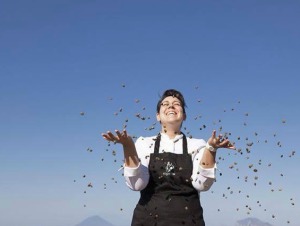 L’ingrediente di cui non potrebbe mai fare a meno?
L’ingrediente di cui non potrebbe mai fare a meno?
Il pane e di conseguenza gli ingredienti che lo compongono.
Ricevere un riconoscimento di così alto prestigio alla sua giovane età non è per molti: le capita di svegliarsi nel cuore della notte chiedendosi se sia vero?
Dovete sapere che c’è un incubo che faccio spesso , mi sveglio chiedendomi se davvero mi sono diplomata e dov’è il mio diploma (ahahaha). Non sia mai che anche questo diventi un incubo ricorrente…
In realtà i primi giorni c’ho messo un po’ a convincermi di quello che era successo. Ma adesso sono convinta che non sia un sogno. Penso felice a voce alta allora è tutto vero!
Quanti sogni ha ancora nel cassetto?
Non bisogna mai smettere di sognare. Voglio girare il mondo con la certezza di voler tornare sempre a Salina. Voglio ancora realizzarmi professionalmente e come donna. Ho in mente di fare cose nuove. Energia e vitalità sono ingredienti che stanno alla base di questo progetti, li svelerò più avanti.
Cosa c’è nell’immediato futuro di Martina Caruso?
Da Pasqua saremo di nuovo aperti , ho qualche tempo per mettere appunto alcuni nuovi piatti che ho in testa , tanta voglia di rincominciare , sono carica , concentrata e con la voglia di divertirmi e far divertire . Voglio focalizzare l’attenzione sui nostri ospiti dando il meglio.
Alessandra Verzera
Foto: per gentile concessione di Martina Caruso.


